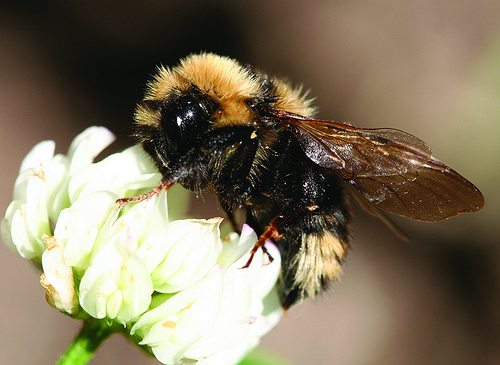
By: Monique Bienvenue; Cal Ag Today Social Media Manager/Reporter
Agriculture Secretary Tom Vilsack announced that more than $4 million in technical and financial assistance will be provided to help farmers and ranchers in the Midwest improve the health of honey bees.
“The future of America’s food supply depends on honey bees, and this effort is one way USDA is helping improve the health of honey bee populations,” Vilsack said. “Significant progress has been made in understanding the factors that are associated with Colony Collapse Disorder and the overall health of honey bees, and this funding will allow us to work with farmers and ranchers to apply that knowledge over a broader area.”
An estimated $15 billion worth of crops is pollinated by honey bees, including more than 130 fruits and vegetables. USDA’s Natural Resources Conservation Service (NRCS) is focusing the effort on five Midwestern states: Michigan, Minnesota, North Dakota, South Dakota and Wisconsin. This announcement renews and expands a successful $3 million pilot investment that was announced earlier this year and continues to have high levels of interest.
From June to September, the Midwest is home to more than 65 percent of the commercially managed honey bees in the country. It is a critical time when bees require abundant and diverse forage across broad landscapes to build up hive strength for the winter.
The assistance announced will provide guidance and support to farmers and ranchers to implement conservation practices that will provide safe and diverse food sources for honey bees. For example, appropriate cover crops or rangeland and pasture management may provide a benefit to producers by reducing erosion, increasing the health of their soil, inhibiting invasive species, and providing quality forage and habitat for honey bees and other pollinators.
This year, several NRCS state offices are setting aside additional funds for similar efforts, including California – where more than half of all managed honey bees in the U.S. help pollinate almond groves and other agricultural lands – as well as Ohio and Florida.








